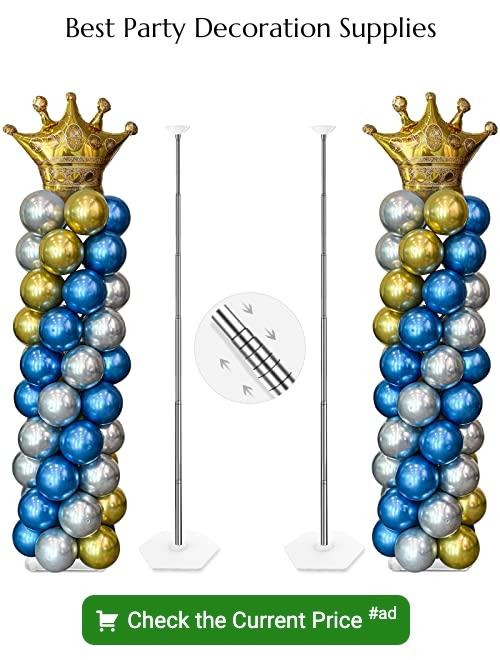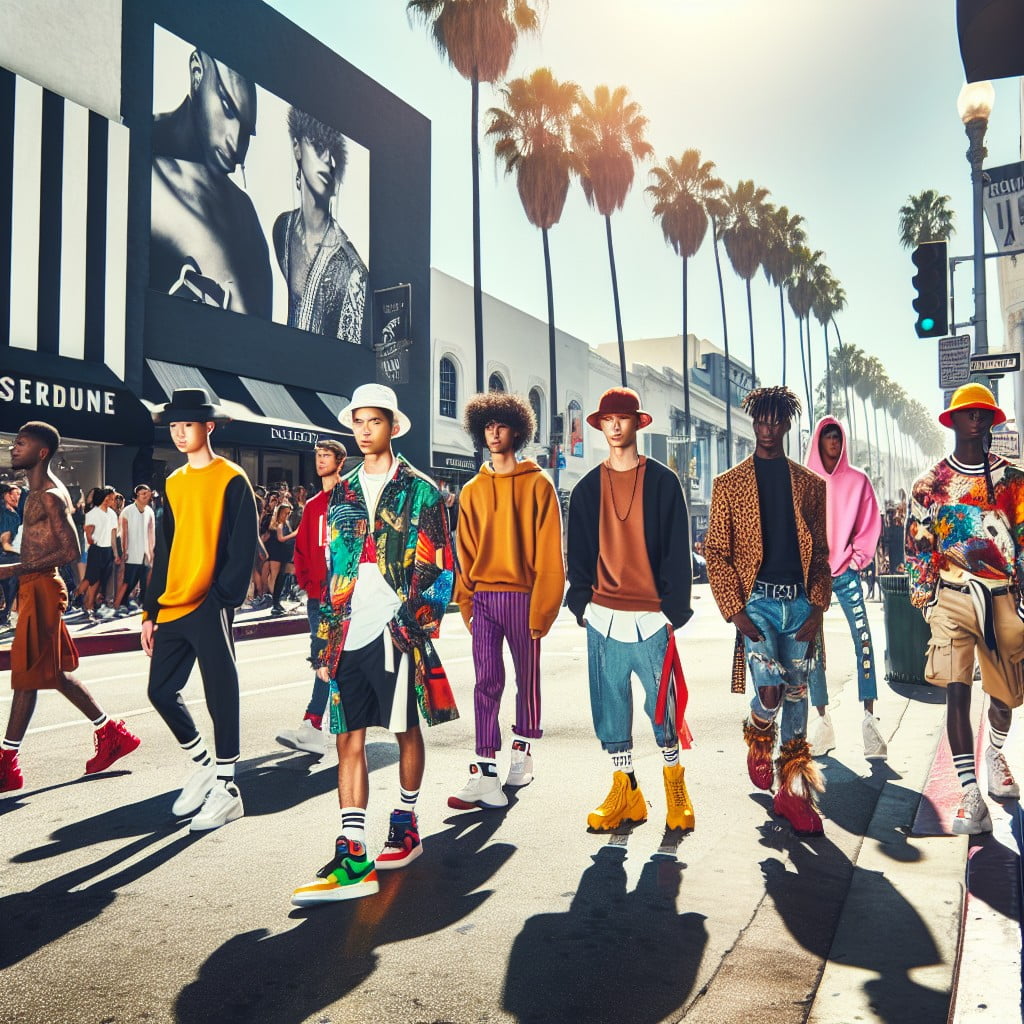Last updated on
Explore the fascinating world of party decorations as we dive into compelling statistics that highlight trends, preferences, and more in this dynamic industry.
Party decorations are a significant part of the $10.3 billion dollar party supply industry in the United States. From balloons to banners, table centerpieces to themed props, party decorations are instrumental in setting the mood for celebrations.
According to a recent survey, about 73% of consumers prefer to buy party decorations in-store, while 27% opt for online purchases. The same survey revealed that birthdays account for nearly 70% of party decoration sales, followed by holidays at 20%, and weddings at 10%.
As we delve deeper into the world of party decorations, you’ll discover fascinating insights about consumer preferences, spending habits, and popular trends.
Between 2020 and 2021, the export of party decorations grew by 39%
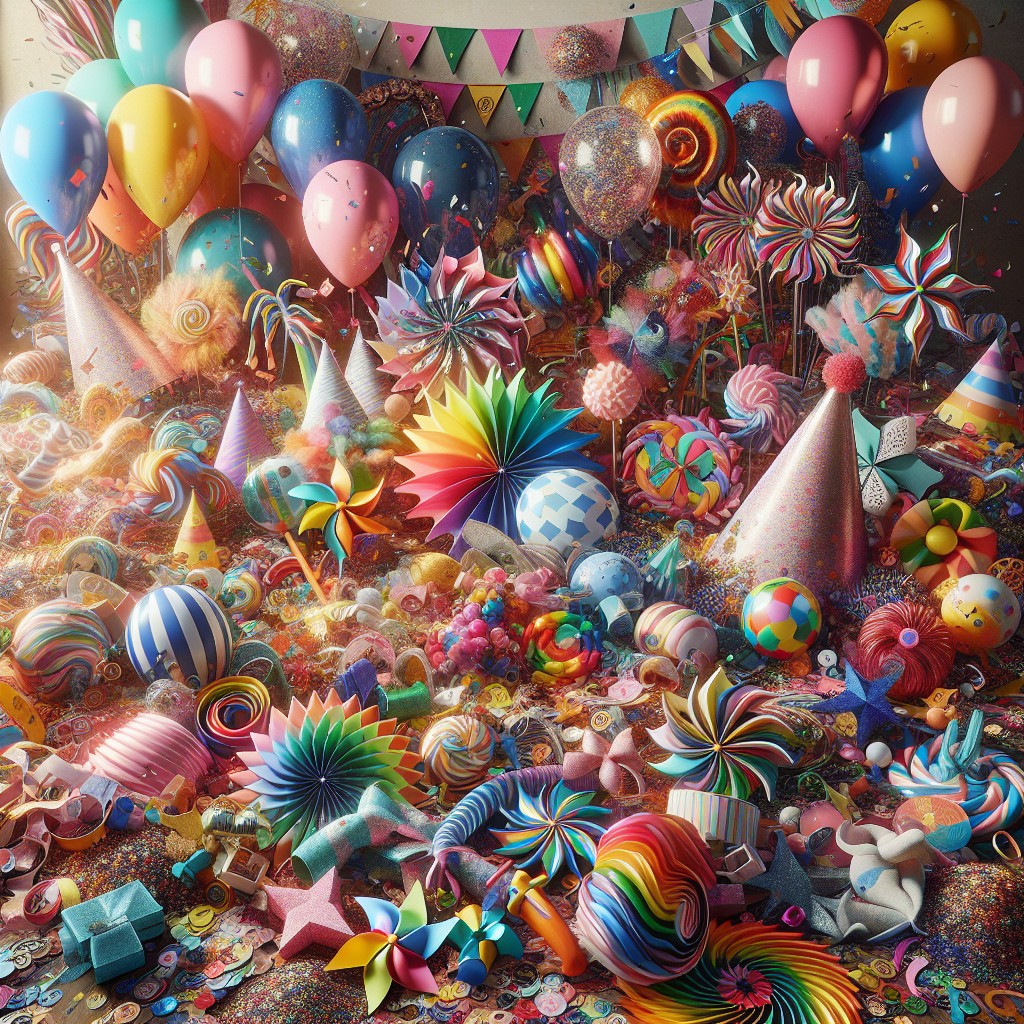
In a testament to the demand for festive decor around the globe, 2020 and 2021 saw a significant uptick in the trade of these items. Despite an ongoing pandemic, statistical reports indicate a solid growth of 39% in the exports of party decorations during this year-long period.
This remarkable rise asserts the role of party decorations not just in enhancing celebrations but also in fueling international commerce.
The seats of this export growth were regions where festivities and social events form an integral part of the culture.
The party supply market is projected to reach $18.9bn by 2028
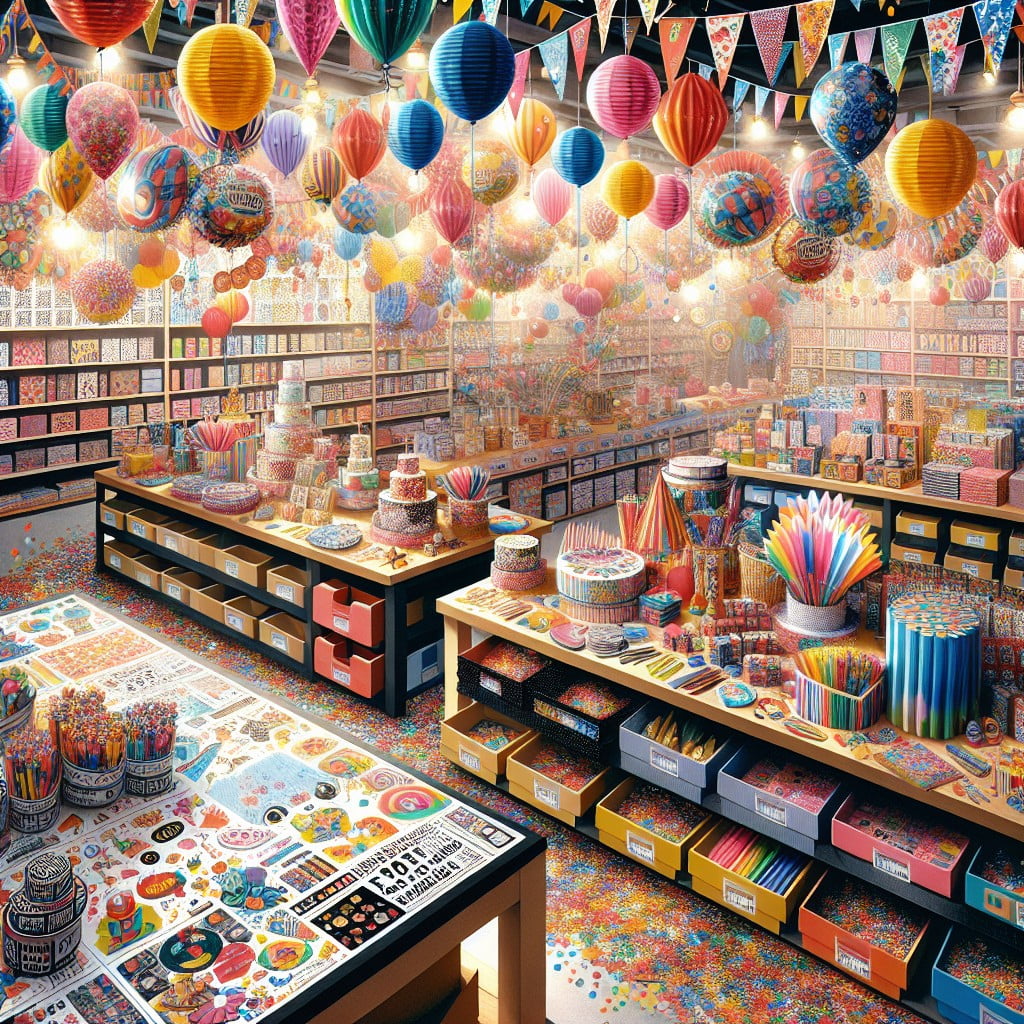
In recent years, the global party supply market has been experiencing steady growth, driven by factors such as increased disposable income, growing demand for themed events, and the popularity of personal celebration events. Such encouraging trends indicate an optimistic future for this industry.
By 2028, it’s anticipated to hit a worth of $18.9bn, a substantial increase that signals both the importance and economic potential of the party decoration sector. This figure underscores the increasing value consumers are placing on celebratory events and the key role that decorations play in these celebrations.
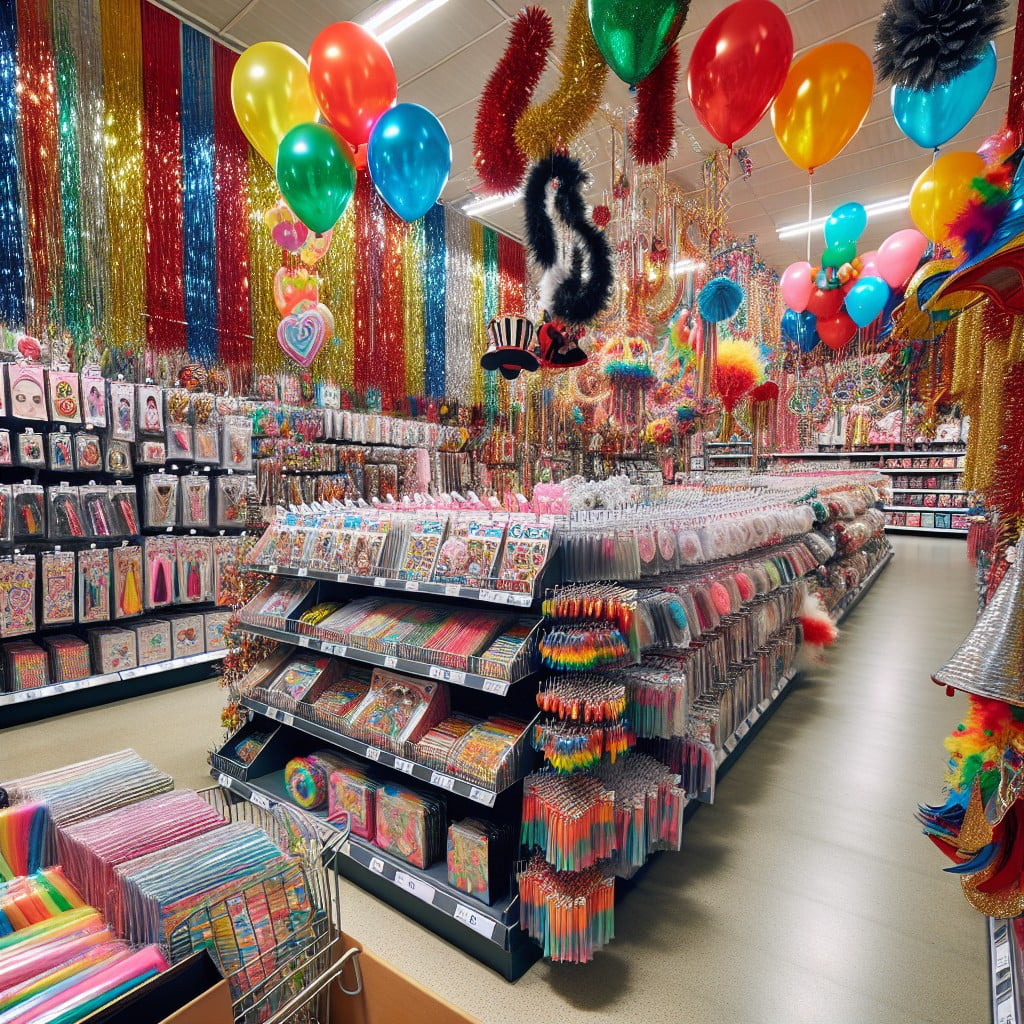
The CAGR of the party supply market is expected to be 8.5% from 2021 to 2028
Projected to experience a Compound Annual Growth Rate (CAGR) of 8.5% within seven years, this signifies a substantial increase.
Such a rate of growth suggests a vibrant and expanding industry, where businesses are likely to invest more in product innovation and diversification to capture more market share.
The projection also indicates a promising opportunity for new entrants and existing players to intensify their competitive strategies, which could lead to more choices and better prices for consumers.
This promising trend reflects the steady demand for party supplies, fueled by a growing culture of celebrating significant milestones and events.
Party City, the major supply retailer with over 900 locations, generated $1.3 billion in revenue in 2020
In 2020, the substantial surge in party decoration consumption was significantly reflected in the sales figures of leading industry players. One standout is Party City, a retailer known for its broad range of party supplies spanning over 900 locations. Despite the challenges posed by the pandemic, this industry heavyweight managed to generate an impressive revenue totaling $1.3 billion. This figure further underscores the robust demand for party decorations and the overarching growth within the sector.
An average American couple spends about 20% of their wedding budget on party decorations
While wedding budgets vary greatly, it’s surprising to see how significant a portion is allocated to party adornments. The décor is among the critical aspects that help to create a party’s atmosphere, contributing significantly to its overall success. It involves expenditure on items such as centerpieces, flowers, table settings, lighting, and backdrops.
Such expenses make up an average of 20% of a wedding’s total cost. This means that if a couple has a budget of $20,000, they may spend approximately $4,000 on decorations alone. This underlines the crucial role that décor plays in the wedding industry and is a testament to the value individuals place on creating an exquisite and memorable ambiance for their most special day.
Paper decoration goods make up around 32% of the total party supply market
A significant portion of consumers’ choices for adorning their event venues revolves around paper decorations. These include items such as streamers, balloons, banners, and confetti.
With a market share of 32%, they are the largest category in party supplies, reflecting their continued popularity.
Economic affordability, ease of use, and availability in various designs and themes contribute to this trend.
Moreover, the drive towards eco-friendly solutions has also led many consumers to prefer paper decorations, which are often biodegradable and recyclable.
Themed parties hold a 15.9% share of the party supply market
Not to be underestimated, themed gatherings play a significant role in the party supply landscape. These events, orchestrated around a specific motif or idea, currently account for nearly 16% of the total market. This trend emphasizes consumer preference towards tailored, unique experiences contributing significantly to overall sales.
This sub-sector includes items designed to match an array of themes, such as birthdays, graduations, holidays, or even popular films and TV shows. The craze for personalized events continues to boost the demand for themed party supplies in this thriving industry.
65% of party supply shoppers make their purchase about a week before their events
In a rush of excitement and anticipation, a considerable majority of party planners secure their necessary supplies relatively close to their celebratory date. Specifically, roughly 65% are seen to buy their decorations only seven days in advance of the occasion.
This timeframe allows for last-minute adjustments, accommodates changing themes, or simply ignites the festive mood just in time. Additionally, retailers have an opportunity to capitalize on this trend by featuring relevant, updated inventory and attractive deals a week before known party-friendly holidays.
30% of the party supply industry is accounted for by non-food consumables, such as disposable tableware
Disposable tableware, along with other non-food consumables, form a significant segment in the party supply industry. Making up nearly one-third of the market, these items tend to feature prominently in varying types of events, from private gatherings to large-scale festivities.
Plates, napkins, cutlery, and even tablecloths – usually designed for single use – are known for their blend of convenience and visual appeal.
This trend also reflects on the consumer’s preference for hassle-free clean-ups post celebrations, lending disposable items their enduring popularity.
Approximately 7% of the North American population aged 20-349 attends parties at least once a week
According to recent surveys, frequent party-attendees represent an approximate 7% of the population in North America, aged between 20 and 349. Considering this demographic amasses around 225 million individuals, this proportion translates into more than 15 million consistent partygoers.
This pattern of extensive party-going provides a pertinent indication of the consistent demand for party decorations, a key factor driving market growth in the sector.
References:
- https://oec.world/
- https://blog.gitnux.com/
Recap:
